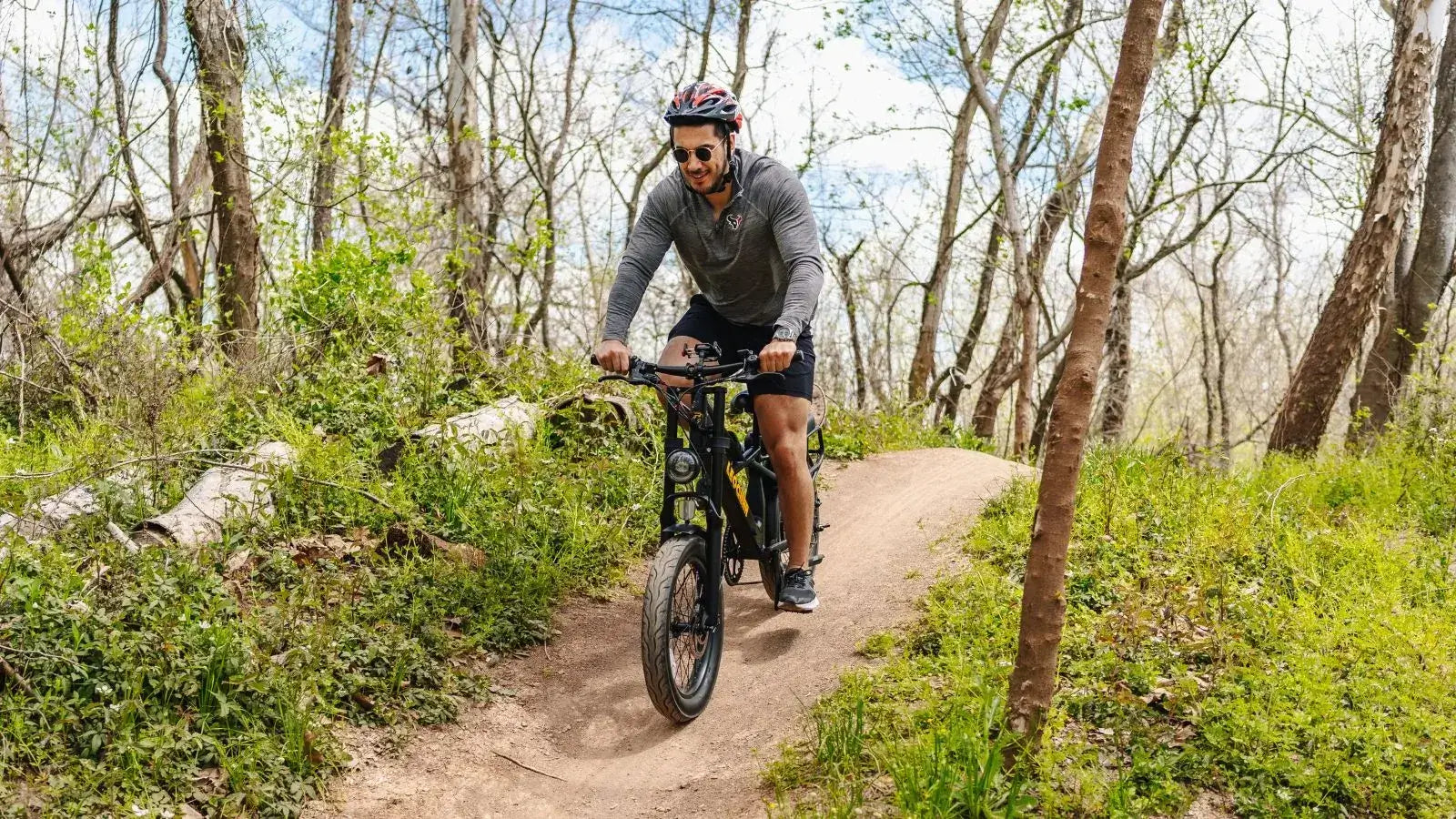
Max Tire Pressure for Fat Tire Electric Bikes: Complete Guide
Introduction to Fat Tire E-Bike Pressure
The max tire pressure for fat tire electric bikes plays a key role in how safe and well your bike performs. Your tire's highest safe pressure level comes from what the maker says is okay. Proper tire pressure becomes super important for fat tire e-bikes, which use extra-wide tires for rough ground like sand and snow. Common pressure ranges for fat tire e-bikes fall between 5 and 30 PSI, depending on where you ride and how much you weigh.
Factors Affecting Fat Tire Pressure
Getting the right pressure can make or break your ride. Too much air makes the ride uncomfortable and reduces grip, while too little air can damage your tires and make pedaling harder. The tire's sidewall shows important pressure numbers you should follow. Different surfaces need different pressure settings.
I've learned that snow riding works best with higher pressure, around 25-30 PSI. Riding on soft ground needs lower pressure, sometimes under 10 PSI. A digital gauge gives you the most accurate readings. You should check your tire pressure before every big ride.
The amount of air in your tires affects how they grip the ground. Lower pressure means more tire touches the ground, which helps on rough trails. Higher pressure works better on smooth paths because it saves energy. For more details about tire pressure basics, visit Wikipedia's Tire Pressure page.
Years of riding have taught me how important tire pressure is for fat tire electric bikes. The perfect pressure depends on your riding style and where you ride. Testing different pressures within safe limits will help you find what works best. Safe tire pressure keeps your bike running well and helps prevent accidents on any type of trail.
Factors Affecting Fat Tire Pressure
When setting the max tire pressure for fat tire electric bikes, you need to think about several key factors. A good setup helps you ride safely and comfortably while getting the best performance from your bike.
Rider weight is one of the most important things to consider when setting tire pressure. Heavy riders need to use higher pressure to prevent the tires from squishing too much, while lighter riders can use lower pressure for better grip and comfort.
The kind of ground you ride on makes a big difference in how much air your tires need. For city streets and hard paths, you'll want more air in your tires - usually between 20 and 30 psi. Riding on sand, snow, or mud works better with less air, sometimes as low as 5 to 12 psi.
Hot and cold weather changes how much pressure stays in your tires. The pressure drops when it's cold outside and goes up when it's warm. A good rule to remember is that pressure changes about 2% for every 10°F change in temperature.
Different tire brands and models need different amounts of air pressure. The tire maker prints the right pressure range on the side of each tire. Following these numbers helps your tires last longer and work better.
Adjusting Pressure for Different Uses
How you use your bike matters too. Trail riders should use lower pressure for better grip and shock absorption. If you mostly ride in the city, higher pressure makes the bike roll faster and smoother.
The weather plays a big role in tire pressure. Cold days mean you should check your tires more often because they lose pressure faster. This helps you avoid problems that come from having too little air in your tires.
You can learn more about bike maintenance from trusted sources like Cycling UK. They offer detailed guides that help you take care of your fat tire electric bike.
| Factor | Impact on PSI | Example Adjustment |
| Rider Weight | Heavier riders need higher pressure | Increase by 2-3 psi |
| Terrain | Soft terrain requires lower pressure | Drop to 5-12 psi on sand |
| Weather | Cold weather lowers psi | Add ~2 psi per 10°F drop |
| Tire Model | Different models need different pressure | Check tire sidewall |
| Usage Style | Varies by activity | Lower for trails, higher for city |
Remember to check your tire pressure regularly and adjust it based on these factors. This helps keep your fat tire electric bike running safely and smoothly, no matter where you ride.
Step-by-Step Guide to Checking and Adjusting Tire Pressure
Taking care of your fat tire e-bike's tire pressure is super important. This guide will show you exactly how to check and adjust your tires the right way, keeping you safe and your bike running great.
What You'll Need
You need just a few basic tools to get started:
A pressure gauge is essential for accurate readings. You should also have an air pump that's easy to use. Keep your bike's manual handy to check the right pressure numbers.
Checking and Adjusting Your Tires
Take off the valve cap carefully. Then press your gauge firmly on the valve to get an exact reading.
Fat tire e-bikes usually need between 5-30 PSI, depending on where you ride. Use higher pressure for streets and lower pressure for trails or sand.
If your tire needs more air, add it slowly and check often. When letting air out, do it bit by bit until you hit the right pressure.
Here's what to watch for when adjusting pressure:
-
Never fill tires when they're hot from riding
-
Check your pressure at least once a week
-
Stay within the pressure range shown on your tire
-
Make sure both tires have the same pressure
Tips for Safe Riding
Always check your tires before long rides. This takes just a few minutes but can prevent many problems.
Lower tire pressure gives you better grip on rough trails. Higher pressure helps you ride faster on smooth roads.
If your tire keeps losing air, look closely for damage. Sometimes small cuts or worn spots can cause slow leaks.
Remember that tire pressure changes with temperature. What's right in the morning might be different by afternoon.
Taking care of your fat tire e-bike's pressure isn't hard. Just follow these simple steps, and you'll have a smoother, safer ride every time.
The Complete Guide to Fat Tire Electric Bike Pressure
Understanding Tire Pressure Basics
The pressure in fat tire electric bikes can make or break your riding experience. Running your tires at the wrong pressure affects everything from comfort to safety. Your fat tire electric bike needs special attention when it comes to tire pressure settings, since these tires are much wider than regular bike tires. The right pressure helps you float over different surfaces and gives you better control.
Finding the perfect tire pressure depends on where and how you ride. For city streets, you'll want higher pressure to roll smoothly and efficiently. Rough trails and sandy beaches need lower pressure so your tires can grip better and absorb bumps.
Weather plays a big role in how you should set your tire pressure. Cold days might need a little more pressure in your tires. Hot weather means you should check your tires more often since heat can increase pressure.
Your weight and what you're carrying matters too. A heavier load means you need more pressure in your tires to prevent them from squishing too much. Lighter riders can use less pressure for a smoother ride.
Testing different pressures is the best way to find what works for you. Start with what the manufacturer recommends and make small changes based on how your bike feels. Write down what works best for different conditions.
Using the wrong pressure can damage your tires or make riding dangerous. Too much pressure makes the ride rough and reduces grip. Too little pressure can cause flat tires and make pedaling harder.
For more technical information about how bikes work and react to different conditions, check out this article on Bicycle dynamics.
Remember that fat tire electric bikes need different pressure settings than regular bikes. The extra width of fat tires means they work differently, and getting the pressure right will help you ride better and keep your tires lasting longer.

Troubleshooting and Practical Tips
Fat tire electric bikes often have tire pressure problems. Working with these bikes for many years has taught me that regular checks make a big difference in how well they run. Here are some tips to help you get the best performance from your fat tire e-bike.
Common Problems and Solutions
Flat tires happen when the pressure is too low and you hit bumps or curbs. Using a good tire gauge helps you keep the right pressure in your tires. You should also check your tires for sharp objects that might cause flats.
Riding in sand or snow needs lower tire pressure to get better grip. Most fat tire e-bikes work best between 5-30 PSI, but you might want around 10-15 PSI for soft ground. When you ride on streets, higher pressure works better.
Wrong tire pressure can make your tires wear out too fast. The pressure that's right for you depends on how much you weigh and where you ride. Checking your tires every week helps them last longer.
Temperature changes affect tire pressure a lot. In cold weather, you might need to add 2-3 PSI to keep the right pressure. Making small changes of 3-5 PSI at a time helps you find what works best.
Here's a quick guide for common issues:
-
Hitting the rim often? Add some air
-
Slipping in sand? Lower the pressure
-
Rough ride? Your pressure might be too high
-
Uneven wear? Check both tires are equal
Regular tire checks help prevent problems and make your rides more fun. Small adjustments in tire pressure can make a big difference in how your fat tire e-bike performs.
Fat Tire E-Bike Pressure Guide: Summary and Key Points
Let's look back at what we learned about tire pressure for fat tire e-bikes. The right pressure usually falls between 5 and 30 PSI, which is much lower than regular bike tires. Many factors affect the ideal pressure for your bike, including how much you weigh and where you ride.
Essential Points to Remember
Your tire pressure needs change based on weather and terrain. Making small adjustments of just 2-3 PSI can make a big difference in how your bike handles. You should check your tires regularly with a good digital gauge.
The pressure you choose affects everything about your ride. Too much or too little pressure can cause problems with control and wear out your tires faster. Weather changes can affect tire pressure, so you need to check more often during temperature swings.
A simple maintenance schedule will help keep your bike safe. Using basic checklists can make it easier to remember when to check your tires. This helps your tires last longer and makes your bike's motor work better.
Every rider needs to find what works best for them. Different riders and conditions need different pressure settings, but always stay within the limits shown on your tire. Regular checks are key to safe riding.
The right tire pressure makes a huge difference in how your bike rides. Getting it right means better safety and performance on any surface.
Taking care of your tire pressure is one of the most important things you can do. When you keep up with maintenance and make smart adjustments, every ride will be better.
FAQs:
1. What is the recommended PSI range for fat tire e-bikes?
The recommended PSI range is typically between 5-30 PSI, depending on terrain and rider weight.
2. How often should I check my fat tire e-bike pressure?
You should check your tire pressure at least once per week and before any long rides.
3. Why does my fat tire e-bike lose pressure in cold weather?
Tire pressure typically drops about 2% for every 10°F decrease in temperature due to air density changes.
4. What PSI should I use for riding on sand or snow?
For soft terrain like sand or snow, use lower pressure between 5-12 PSI for better traction.
5. How does rider weight affect tire pressure settings?
Heavier riders need higher pressure to prevent tire squishing, while lighter riders can use lower pressure for better comfort.



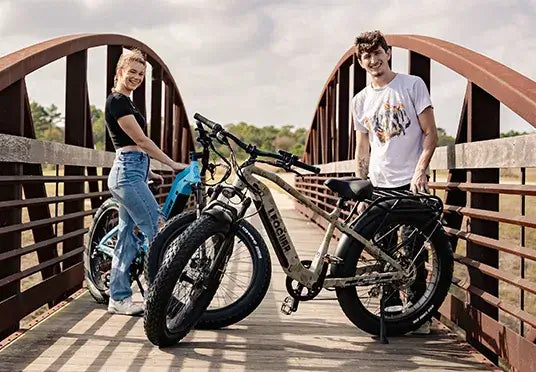
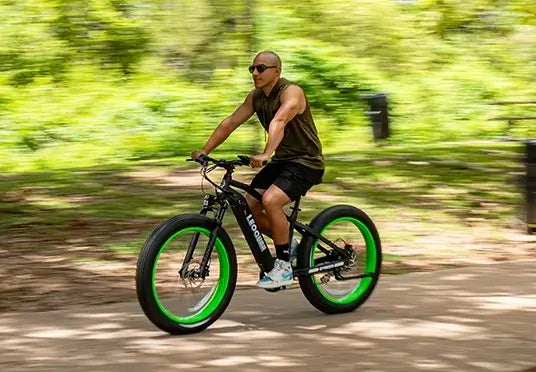
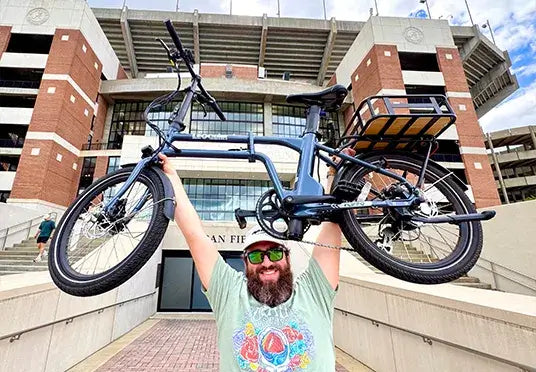
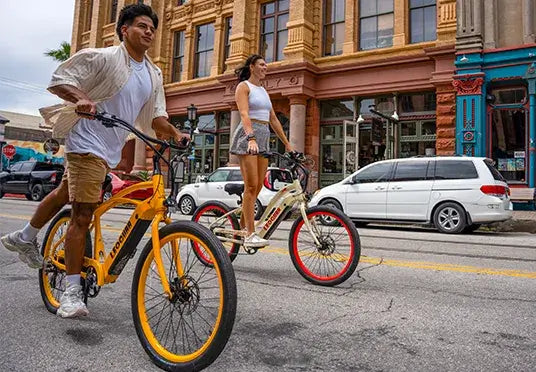
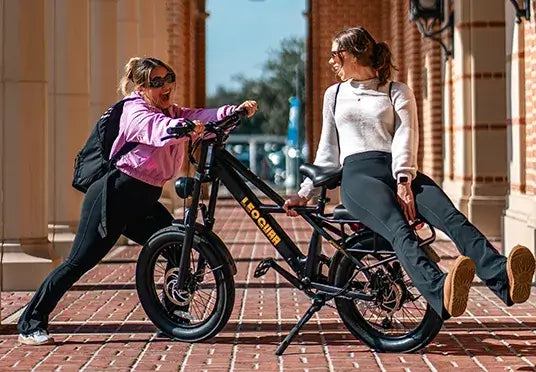
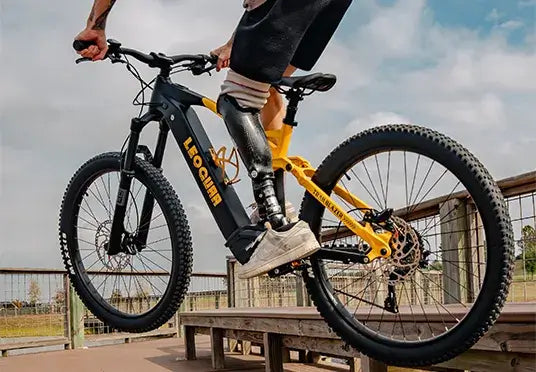

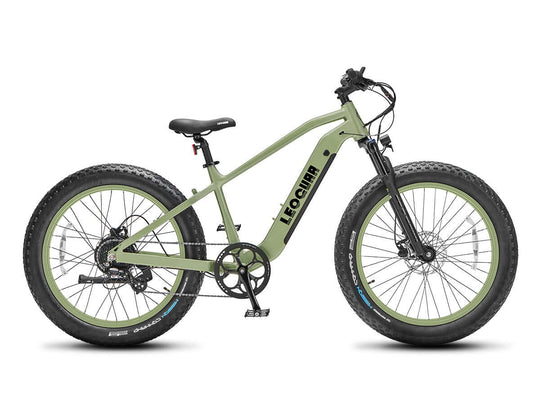
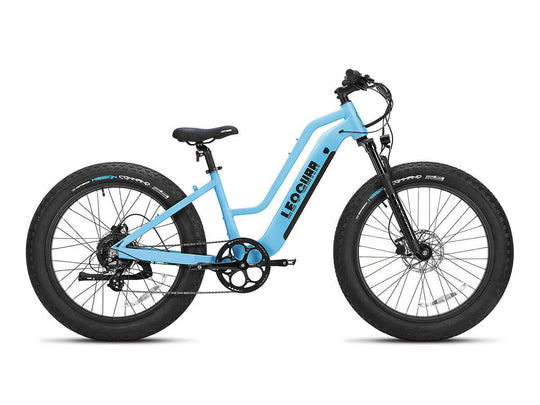
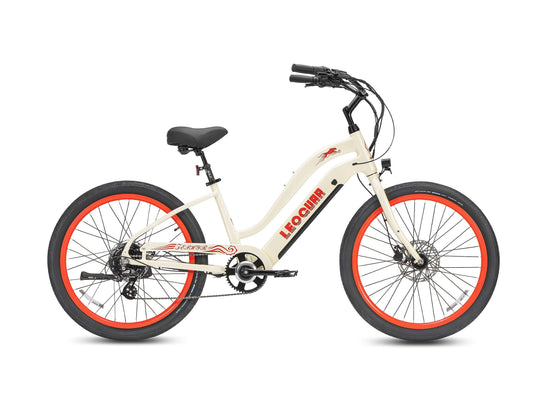
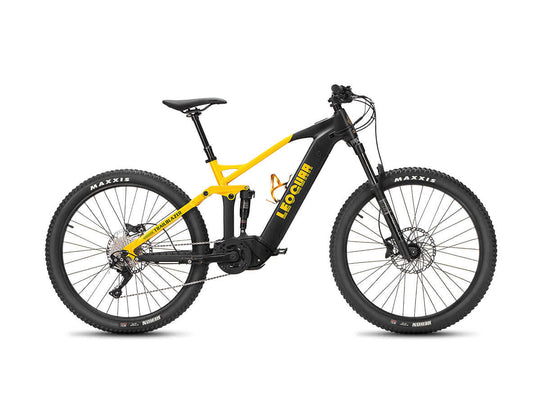
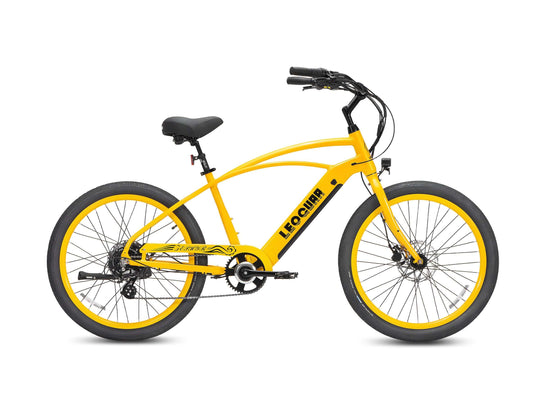
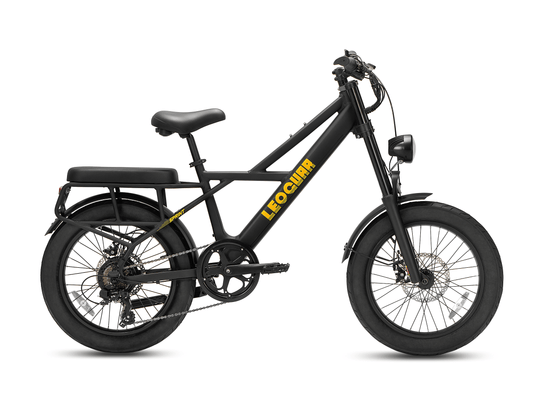

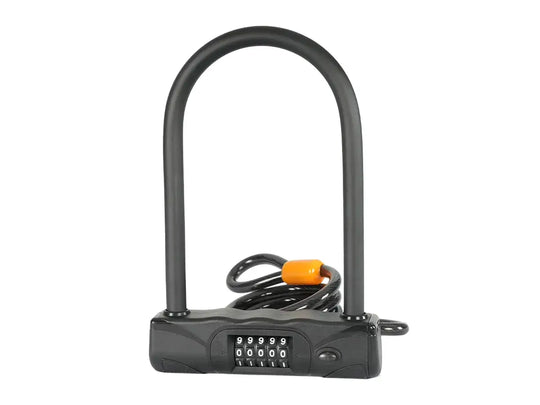
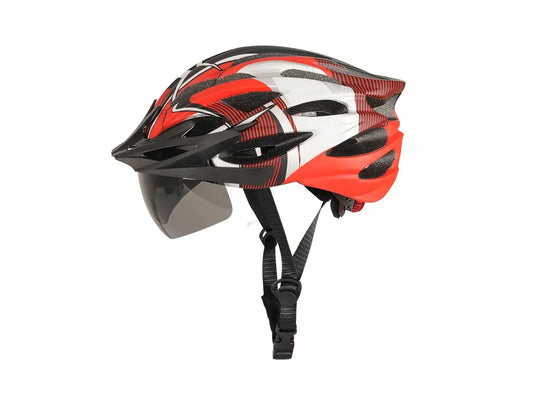
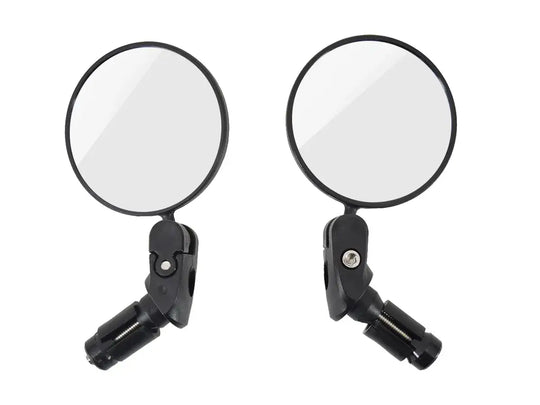

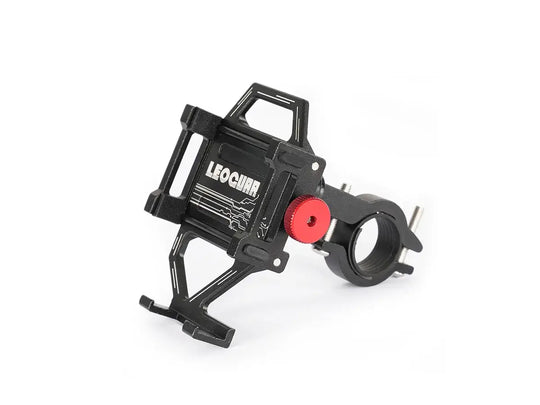
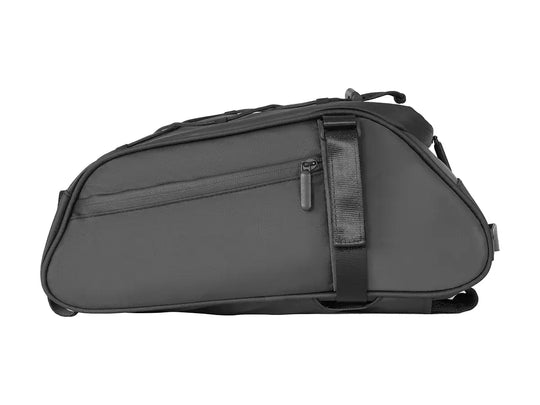
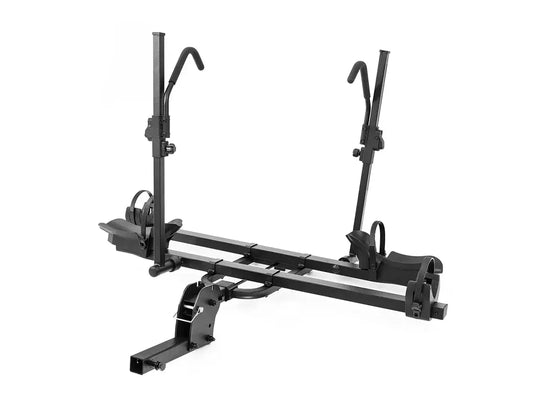
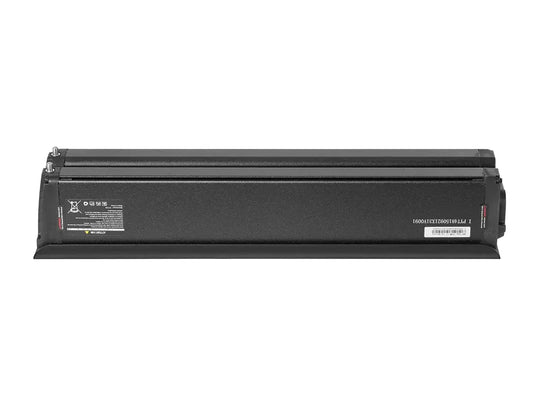
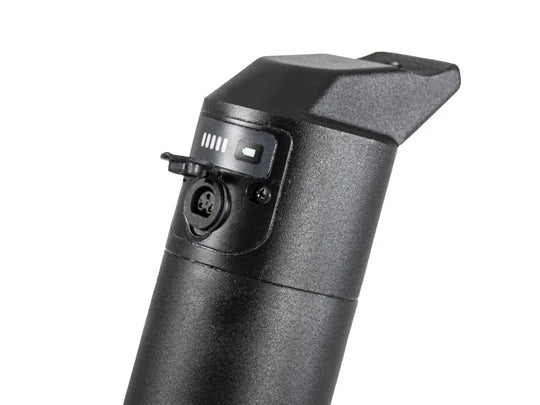
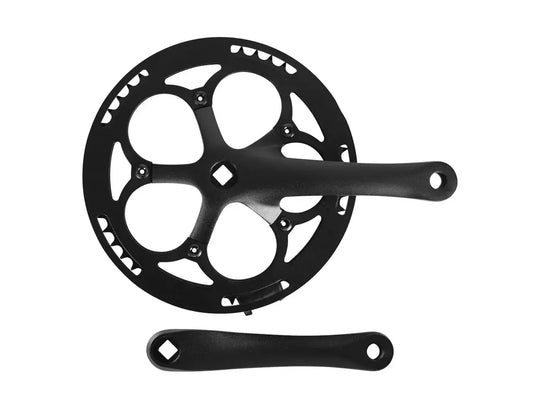
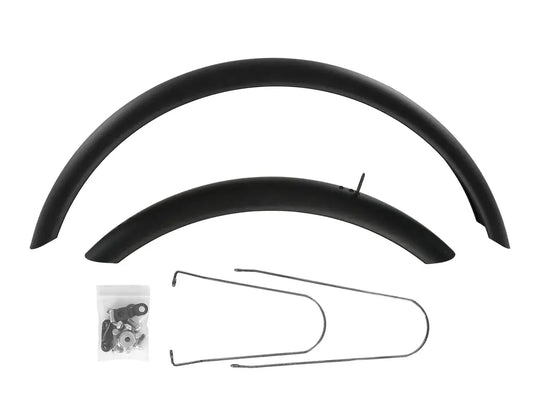
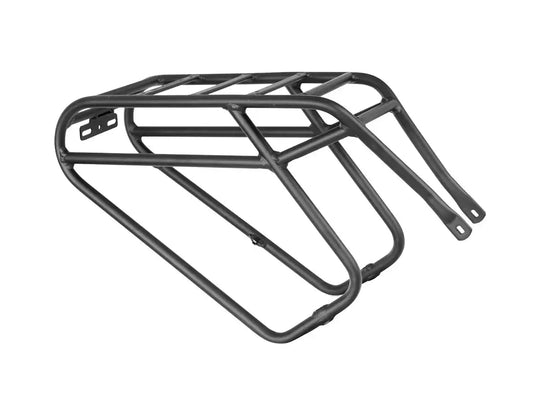
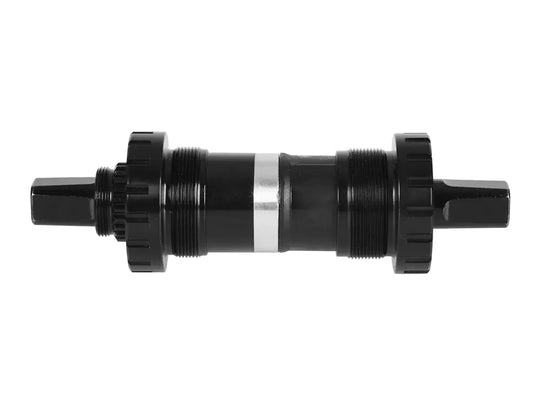
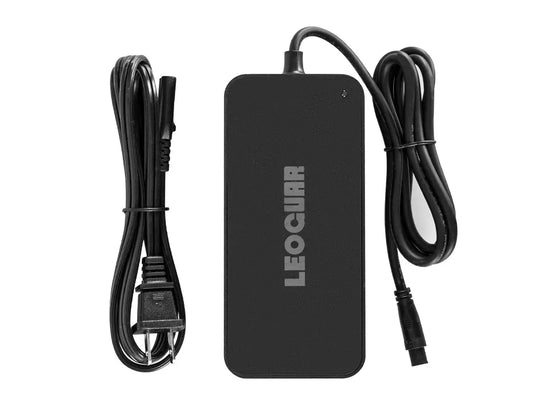
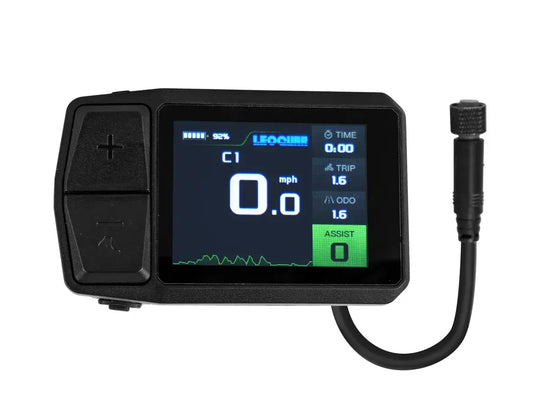
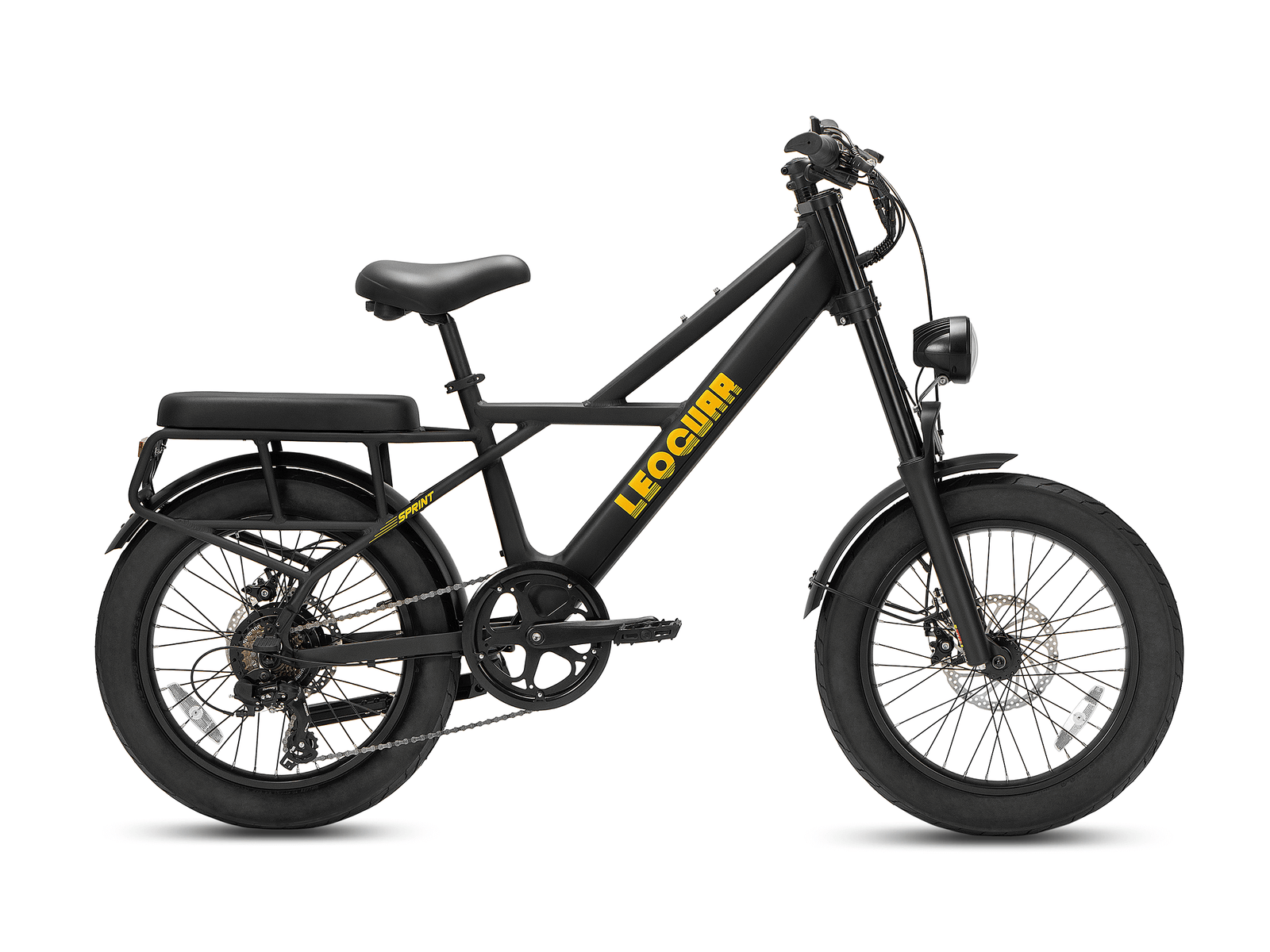








Leave a comment